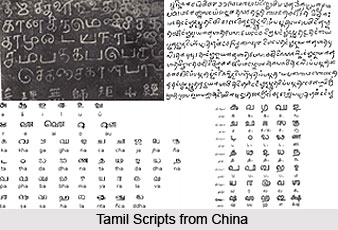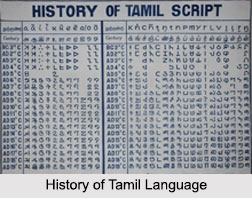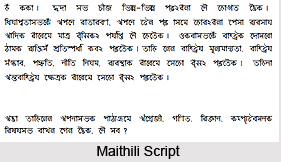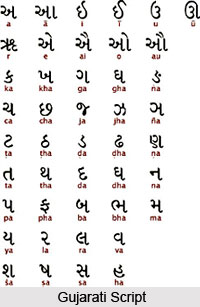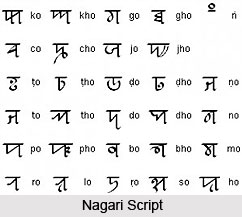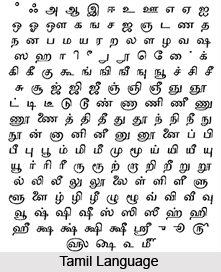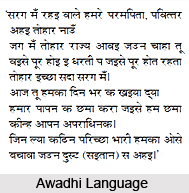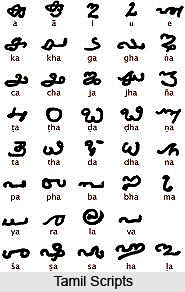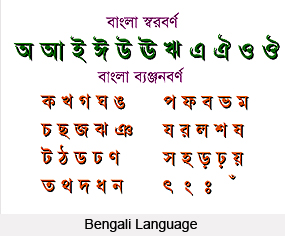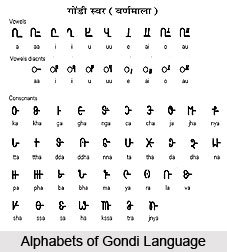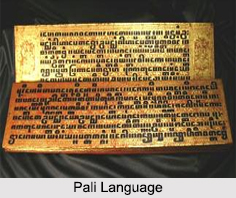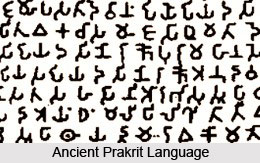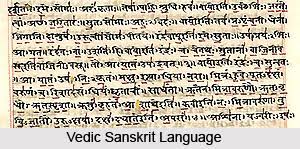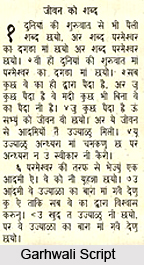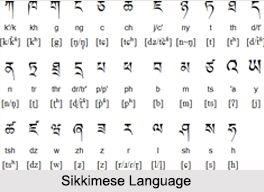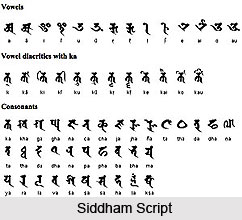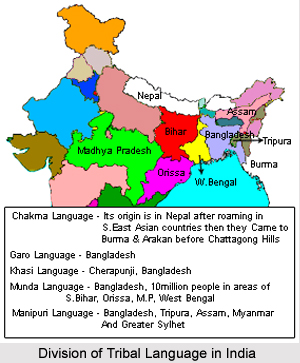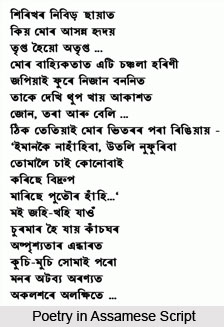Introduction
Sikkimese language, also known as Drenjongke, belongs to the Tibetan family of languages, especially Sino-Tibetan languages. It is spoken by the Bhutia, a tribe in the north eastern state of Sikkim. The people of Sikkim refer to their own language as “Dranjongke” and their homeland as “Denzong.” Dranjongke, in Sikkimese means “Rice Valley Language” and Denzong means “Rice Valley.” Sikkimese language is also called Bhotia, Dranjoke, Denjongka, Denzongpeke, and Denzongke. Many native languages have received the status of state language in the state of Sikkim and Sikkimese is one of them.
History of Sikkimese Language
The Sikkimese language, a member of the Sino-Tibetan language family, tracing its roots back to Old Tibetan. Some studies argue that it belongs to the Tibeto-Burman family. Historically, Sikkimese was predominantly an oral language, with Classical Tibetan serving as the primary medium for written communication. This changed significantly after Sikkim gained Indian statehood in 1975.
Following statehood, efforts were made to preserve and promote Sikkimese as part of the region’s linguistic heritage. It was introduced into school curricula, paving the way for the development of a written script. The modified Tibetan script was adopted for this purpose, enabling the creation of the first written materials, which were primarily school textbooks translated from Tibetan. Over time, Sikkimese literature expanded to include original works such as novels, poetry, and plays, showcasing the language’s creative potential.
Despite the relatively small number of authors, around 30, the Sikkimese language has continued to find representation in various media. As of 2021, it sustains a presence through one active newspaper, reflecting its role in contemporary communication. Additionally, the past two decades have seen the publication of several dictionaries, further aiding in the preservation and accessibility of the language.
Today, the evolution of Sikkimese from an oral tradition to a written language exemplifies the resilience of cultural identity and highlights ongoing efforts to sustain this linguistic heritage in modern times.
Script of Sikkimese Language
The Tibetan alphabet is inherited from the Classical Tibetan and the Sikkimese language is written using these alphabets. Though the Sikkimese phonology and lexicon differ markedly from the Classical Tibetan, the Sumer Institute of Linguists (SIL) International describes the Sikkimese writing style as "Bodhi style". As per the 2001 SIL records, it states that about 68 percent of Sikkimese Bhutia were literate in Tibetan script.
Dialects of Sikkimese Language
The Sikkimese language exhibits minor dialectal variations, making most dialects largely mutually intelligible. However, notable distinctions exist in certain northern villages, where honorifics, a key feature of the language, are absent. These northern regions also showcase the most significant differences in pronunciation and vocabulary, setting them apart from other Sikkimese-speaking areas.
Interestingly, the Sikkimese spoken in northern villages shares a closer linguistic affinity with the dialects in Bhutan’s neighboring regions. Non-Sikkimese speakers from Bhutan often find it easier to understand the northern varieties of Sikkimese than the forms spoken in western Sikkim. This mutual intelligibility points to historical and cultural connections between the northern villages of Sikkim and Bhutan.
Local traditions suggest that the inhabitants of these northern settlements trace their origins to the adjacent Bhutanese regions. This belief reinforces the linguistic similarities, as shared ancestry and interactions likely influenced the development of these dialectal traits.
Phonology of Sikkimese Language
The Sikkimese language features a phonological system comprising eight vowels and 43 consonants. Words are categorized into high and low registers, determined primarily by voice quality and pitch. While the register of a word can often be predicted by its initial phoneme, exceptions exist with nasals and liquids, making them less predictable.
Despite these challenges, Sikkimese is classified as a tonal language. However, unlike many other tonal languages, tone carries a relatively low functional load. This is partly because the distinction between modal and breathy voicing in Sikkimese is minimal, reducing the overall reliance on tone for meaning differentiation. The interplay of predictable and unpredictable elements in its phonology adds complexity to Sikkimese while highlighting its unique linguistic structure.
Overview of Sikkimese Language
The Dzongkha language or Bhutanese has a certain lexical similarity of about 65 percent with the Sikkimese language. And the Standard Tibetan is only 42 percent lexically similar. It is said that the Sikkimese language to some degree has been influenced by the neighbouring Yolmowa and Tamang languages.
In the Sikkimese phonology, the devoiced Sikkimese consonants are pronounced with a slight breathy voice, aspiration and low pitch, while the remnants of the voiced consonants in Classical Tibetan have become devoiced. The Sikkimese speakers also tend to use Nepali and Standard Tibetan languages in their daily lives due to their close geographical proximity for more than a century.
